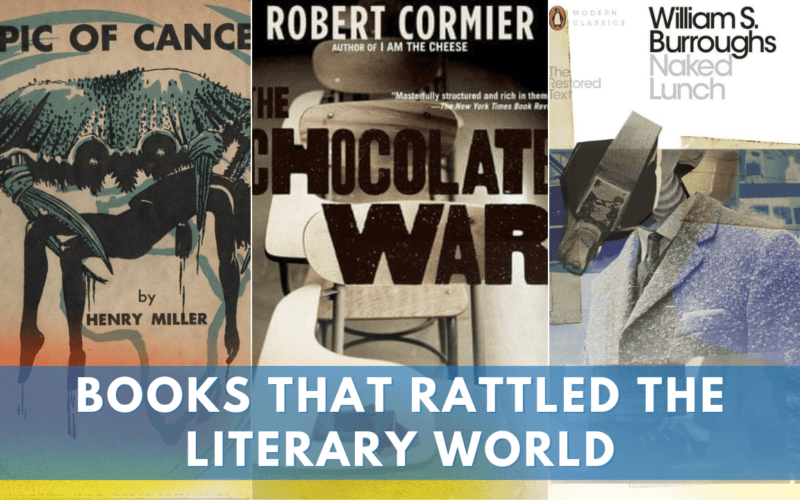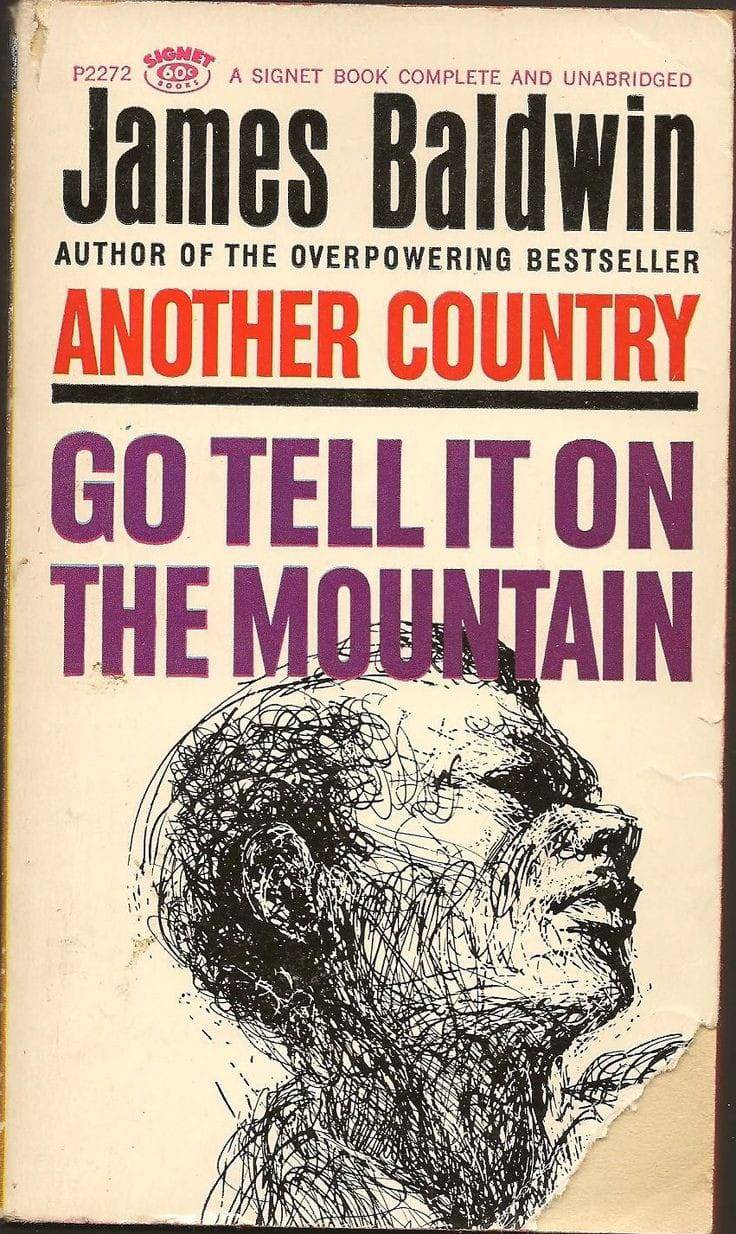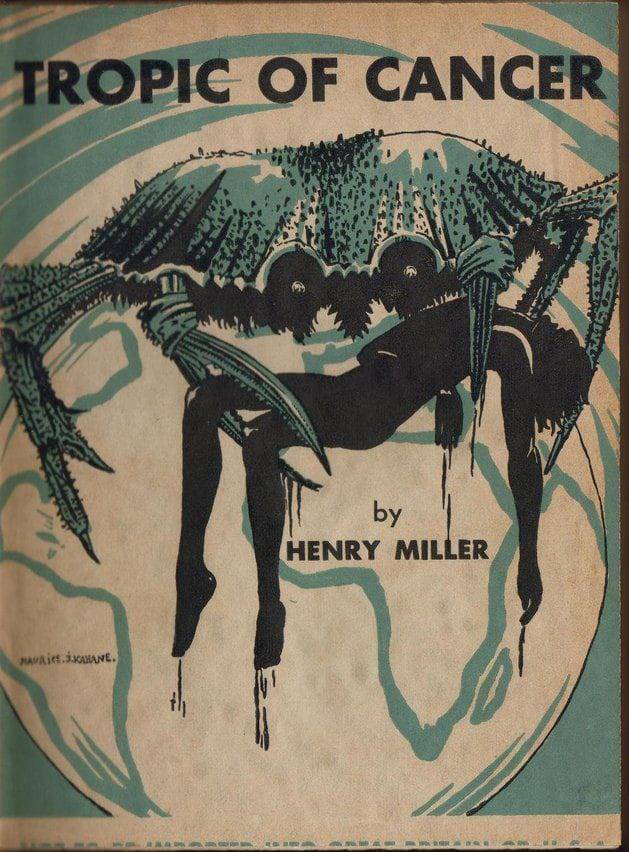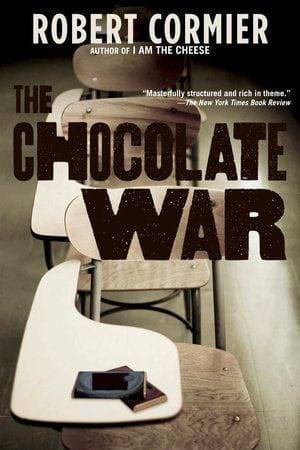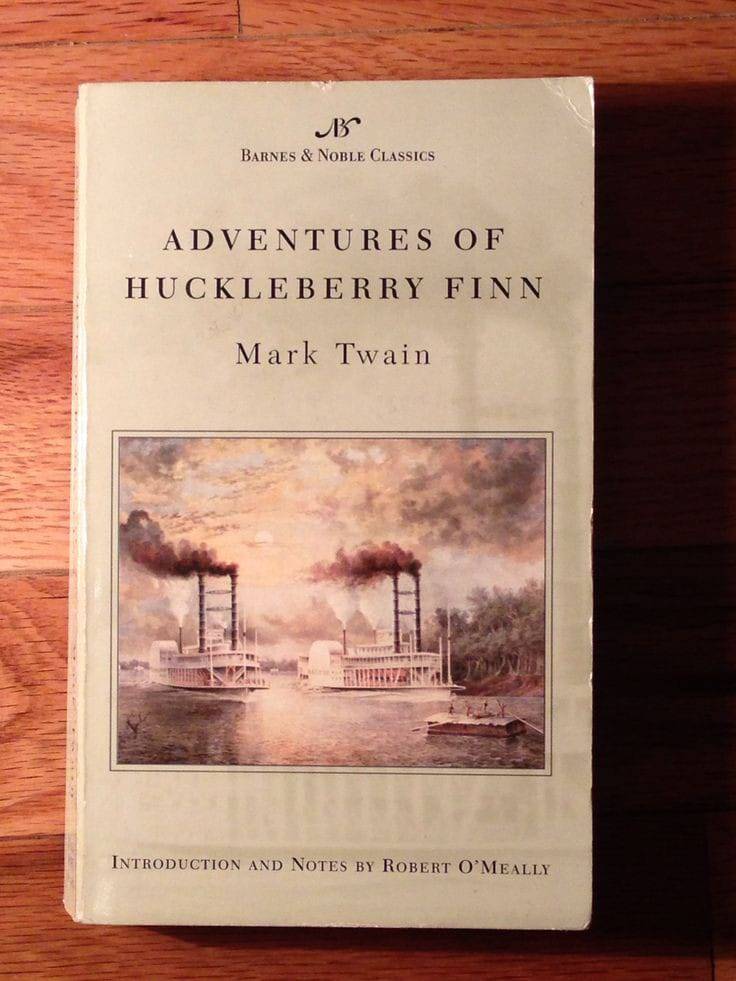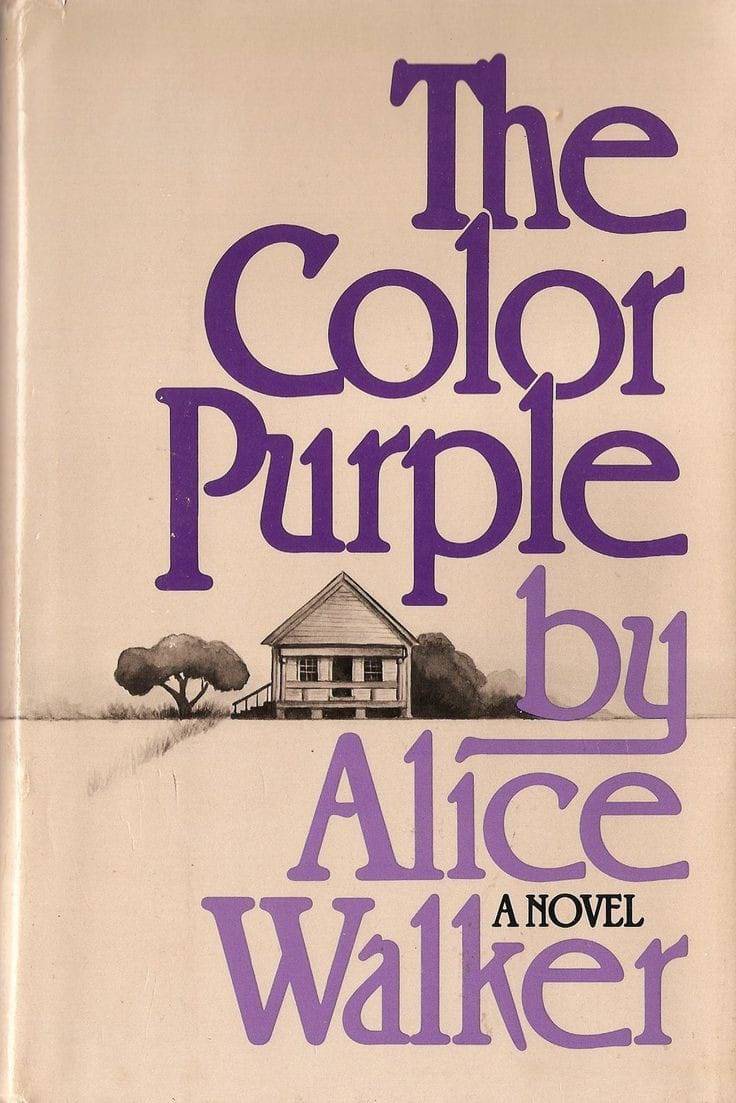In the world of literature, there exists a ground that is often treacherous, yet undeniably appealing —the controversial books. These are the works that have dared to challenge societal norms, defy conventions, and plunge headlong into the darkest recesses of human experience. From the moment of their inception, these books have sparked fierce debates, courted scandal, and left an unparalleled mark on the literary world.
At the heart of this field lies a paradox: while controversy may initially repel, it also possesses an irresistible appeal, drawing readers into a world where boundaries blur, preconceptions shatter, and truths, however uncomfortable, demand to be reckoned with. In exploring the controversial, we confront not only the limits of our comfort zones but also the depths of our understanding, empathy, and humanity.
Go Tell It On The Mountain by James Baldwin
James Baldwin’s “Go Tell It on the Mountain” has stood the test of time as a great work of American literature, but its journey to acclaim was marked by controversy. Published in 1953, this novel dives into the complexities of race, religion, and identity in Harlem during the 1930s, offering a raw and unflinching portrayal of African American life. The controversy surrounding the novel comes from its bold exploration of taboo subjects and its unapologetic critique of societal norms.At the heart of the controversy lies Baldwin’s examination of religion, particularly the role of the church within the African American community. Through characters like Gabriel, a charismatic preacher, Baldwin exposes the hypocrisy and moral ambiguity that often accompany religious fervor. He challenges the notion of the church as a sanctuary, revealing it instead as a battleground where personal demons clash with public piety. This portrayal unsettled readers, especially those within religious circles, who were confronted with uncomfortable truths about the institutions they held dear. Baldwin’s treatment of sexuality further fueled controversy, as he fearlessly confronted the taboo surrounding homosexuality in mid-20th century America. The novel’s protagonist, John, grapples with his own desires in a society that condemns anything deviating from heteronormative expectations. Baldwin refuses to shy away from the complexities of sexual identity, presenting it as an integral aspect of the human experience. In doing so, he challenges readers to confront their own biases and prejudices, pushing the boundaries of acceptable discourse.In conclusion, “Go Tell It on the Mountain” remains controversial for its unapologetic exploration of religion, sexuality, and racism in mid-20th century America. Baldwin’s willingness to confront taboo subjects and challenge societal norms sparked discomfort and debate among readers, yet it is precisely this boldness that cements the novel’s status as a classic of American literature.
Tropic of Cancer by Henry Miller
This is a novel that generated significant controversy upon its publication in 1934.One of the primary reasons for the controversy surrounding “Tropic of Cancer” is its graphic and unapologetic depiction of sexuality. Miller’s candid descriptions of sexual encounters, including explicit language and taboo subject matter, challenged the conservative moral standards of the time. The novel was banned in many countries, including the United States, for its explicit content, leading to legal battles over censorship. “Tropic of Cancer” faced multiple obscenity trials in various countries due to its explicit content. In the United States, the novel was banned for obscenity, and it wasn’t until 1961 that the Supreme Court ruled in its favor, declaring it not obscene. The legal battles surrounding the novel heightened its notoriety and contributed to its controversial reputation. Miller’s work is not just about sex; it’s also a scathing critique of society and conventional morality. The novel portrays a bohemian lifestyle characterized by poverty, promiscuity, and rebellion against societal norms. Miller’s protagonist, loosely based on himself, rejects traditional values and seeks liberation through personal exploration and hedonistic pursuits. This rejection of societal norms and embrace of individual freedom offended many readers and critics. Like James Baldwin’s “Go Tell It on the Mountain,” “Tropic of Cancer” contains autobiographical elements, blurring the lines between fiction and reality. Miller draws from his own experiences living in Paris in the 1930s, where he encountered poverty, artistic struggles, and unconventional relationships
The Chocolate War by Robert Cormier
“The Chocolate War” by Robert Cormier sparked controversy primarily due to its depiction of dark themes and its unflinching portrayal of the harsh realities of high school life. The novel delves into the world of an all-boys Catholic school, where students cope with issues of power, manipulation, and moral ambiguity. Cormier’s exploration of these themes, particularly through the character of Jerry Renault, who refuses to participate in the school’s annual chocolate sale, challenged traditional notions of conformity and obedience. The novel’s bleak depiction of bullying and psychological manipulation among students, as well as its critique of authority figures within the school, generated discomfort among some readers and educators who questioned its appropriateness for young adult audiences. Additionally, the novel’s ending, which leaves many questions unanswered and moral dilemmas unresolved, further contributed to its controversial reputation. Despite the controversy, “The Chocolate War” remains a compelling and thought-provoking exploration of adolescence, power dynamics, and the struggle for individuality in the face of social pressure.
Adventures Of Huckleberry Finn by Mark Twain
“The Adventures of Huckleberry Finn” by Mark Twain has been a subject of debate and controversy since its publication in 1884. The novel explores themes of race, society, and morality in the South through the journey of its protagonist, Huck Finn, and his friend Jim, a runaway slave. Twain’s use of language, including racial slurs and dialects, has sparked criticism for its portrayal of Black characters and the potential reinforcement of harmful stereotypes. Some argue that the book should not be taught in schools due to these concerns. However, others defend the novel as a powerful critique of racism and a reflection of the historical context in which it was written. They argue that Twain’s intention was to expose the injustices of slavery and challenge societal norms. Despite the controversy, “Huckleberry Finn” remains a significant work of American literature, prompting important conversations about race, identity, and the complexities of moral decision-making.
The Naked Lunch by William S. Burroughs
“The Naked Lunch” by William S. Burroughs stands as a controversial landmark in literature, notorious for its challenging content and unconventional style. Published in 1959, the novel caused a stir due to its graphic harsh portrayal of drug addiction, sexuality, and violence. Burroughs’s vivid descriptions of drug use and its effects, including hallucinations and withdrawal symptoms, shocked readers and pushed the boundaries of acceptable discourse. The novel’s nonlinear narrative structure, characterized by disjointed scenes and abrupt shifts in perspective, further disoriented and challenged traditional literary conventions. Additionally, “The Naked Lunch” delves into taboo subjects such as homosexuality, prostitution, and criminal behavior, confronting societal norms and moral standards head-on. Its provocative content led to censorship and legal battles, with some editions being banned in certain countries. Despite—or perhaps because of—its controversial reputation but the book still stands strong in it’s spot
The Color Purple by Alice Walker
“The Color Purple” by Alice Walker made significant controversy upon its publication in 1982, primarily due to its bold exploration of themes such as racism, sexism, and sexual abuse. Set in the Southern United States during the early 20th century, the novel follows the life of Celie, an African American woman who endures unimaginable hardships, including sexual abuse at the hands of her father and later her husband, and the forced separation from her beloved sister. Walker’s show of these traumatic experiences, coupled with her use of explicit language and graphic scenes of violence and sexual assault, shocked and unsettled many readers, sparking debates about the novel’s appropriateness and suitability for various audiences, particularly in educational settings. Furthermore, “The Color Purple” challenged societal norms with its depiction of lesbian relationships, breaking new ground in literature and contributing to discussions about sexuality and gender identity. Despite facing censorship and backlash from conservative groups, the novel has endured as a powerful and influential work of literature, celebrated for its courage in giving voice to the experiences of African American women and shedding light on the systemic injustices they face.
Literary masterpieces that have shocked the world often leave a mark on the cultural landscape by daring to push the boundaries of acceptability and challenging conventional norms. Take, for instance, Vladimir Nabokov’s “Lolita,” which sparked controversy with its portrayal of a taboo relationship between a middle-aged man and a young girl. Nabokov’s bold narrative style and exploration of taboo subjects forced readers to confront uncomfortable truths about desire and morality. Similarly, James Joyce’s “Ulysses” shocked audiences with its experimental narrative techniques and explicit content, pushing what was deemed acceptable in literature. Despite the initial shock and outrage these works may have provoked, they last as masterpieces that compel readers to engage critically with complex themes and defy societal expectations. These books, along with others like them, challenge readers to confront uncomfortable truths about the human condition and provoke deep reflection on issues often swept under the rug. While controversy may initially overshadow their brilliance, these masterpieces endure as vital contributions to the literary grounds, bringing speech, debate, and at the end, societal change.

